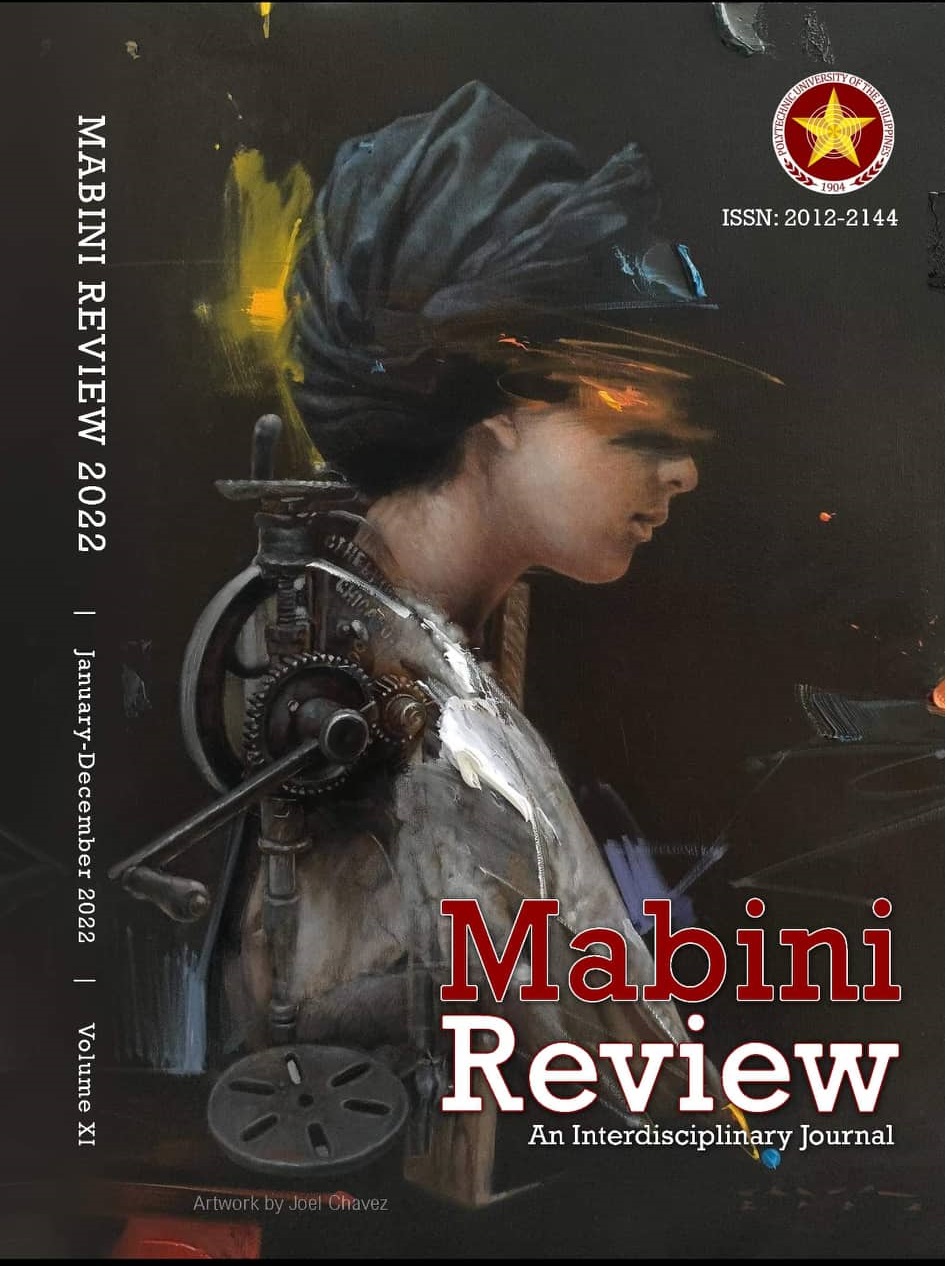The Growing Dissonance between the Kosmos and the Anthropos: A Hermeneutic Study of the Mechanistic World View brought by Classical Physics and the New Rationality introduced by Einstein’s Relativity Theory and Heisenberg’s Indeterminacy Principle in Quantum Physics
DOI:
https://doi.org/10.70922/bng4a788Keywords:
hermeneutics, philosophy of physics, quantum physics, classical physics, ecological crisisAbstract
This paper centers on the implicit metaphysics beyond the Theory of Relativity and the Principle of Indeterminacy – two revolutionary theories that have changed 20th Century Physics – using the perspective of Husserlian Transcedental Phenomenology. Albert Einstein (1879-1955) and Werner Heisenberg (1901-1976) abolished the theoretical framework of Classical (Galilean-Newtonian) physics that has been complemented, strengthened by Cartesian metaphysics. Rene Descartes (1596-1850) introduced a separation between subject and object (as two different and self- enclosed substances) while Galileo and Newton did the “mathematization” of the world. Newtonian physics, however, had an inexplicable postulate of absolute space and absolute time – a kind of geometrical framework, independent of all matter, for the explication of locality and acceleration. Thus, Cartesian modern metaphysics and Galilean- Newtonian physics go hand in hand, resulting to socio- ethical problems, materialism and environmental destruction. Einstein got rid of the Newtonian absolutes and was able to provide a new foundation for our notions of space and time: the four (4) dimensional space- time; simultaneity and the constancy of velocity of light, and the relativity of all systems of reference. Heisenberg, following the theory of quanta of Max Planck, told us of our inability to know sub- atomic phenomena and thus, blurring the line between the Cartesian separation of object and subject, hence, initiating the crisis of the foundations of Classical Physics.
But the real crisis, according to Edmund Husserl (1859-1930) is that Modern (Classical) Science had “idealized” the world, severing nature from what he calls the Lebenswelt (life- world), the world that is simply there even before it has been reduced to mere mathematical- logical equations. Husserl thus, aims to establish a new science that returns to the “pre- scientific” and “non- mathematized” world of rich and complex phenomena: phenomena as they “appear to human consciousness”.
Downloads
Downloads
Published
Issue
Section
License
Copyright (c) 2022 Dr. Maria Eliza P. Cruz (Author)

This work is licensed under a Creative Commons Attribution-NonCommercial 4.0 International License.
Articles published in the MABINI REVIEW will be Open-Access articles distributed under the terms and conditions of the Creative Commons Attribution-Noncommercial 4.0 International (CC BY-NC 4.0). This allows for immediate free access to the work and permits any user to read, download, copy, distribute, print, search, or link to the full texts of articles, crawl them for indexing, pass them as data to software, or use them for any other lawful purpose.


